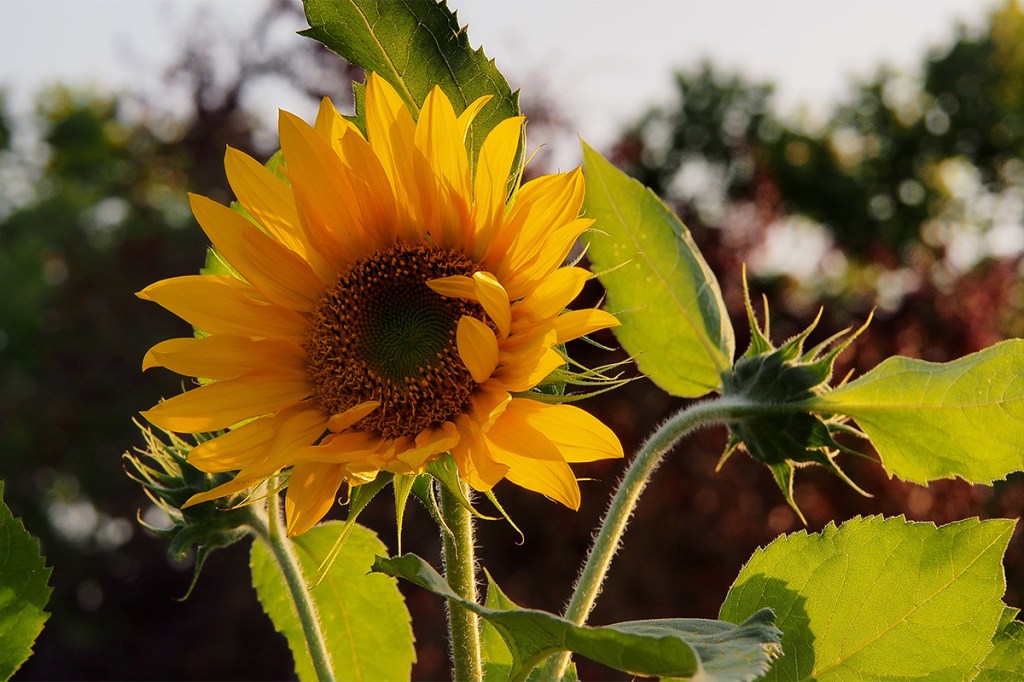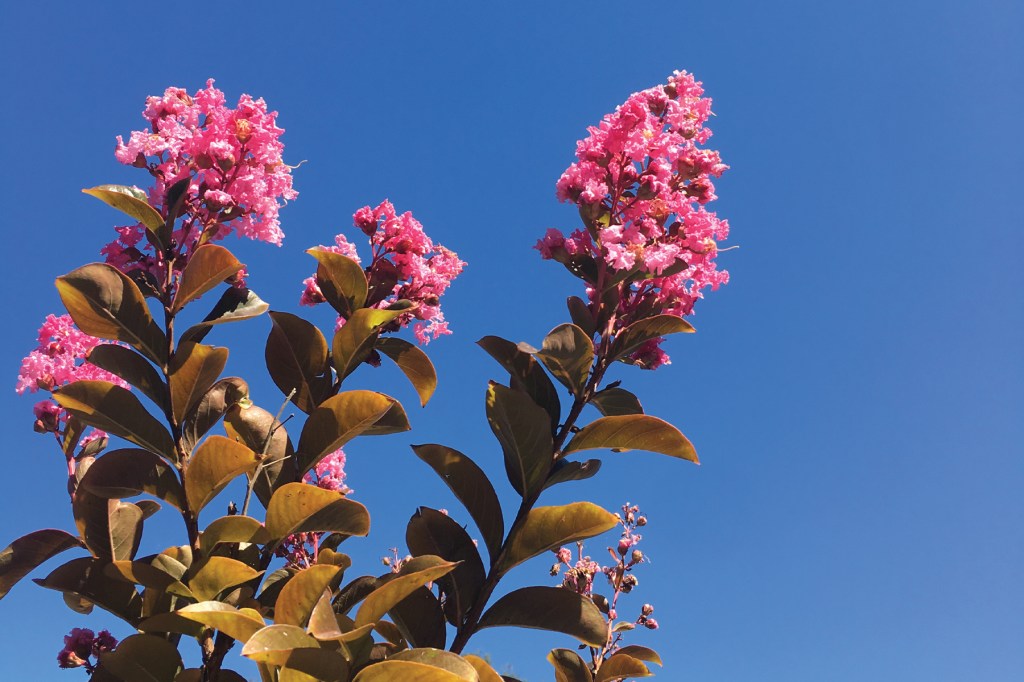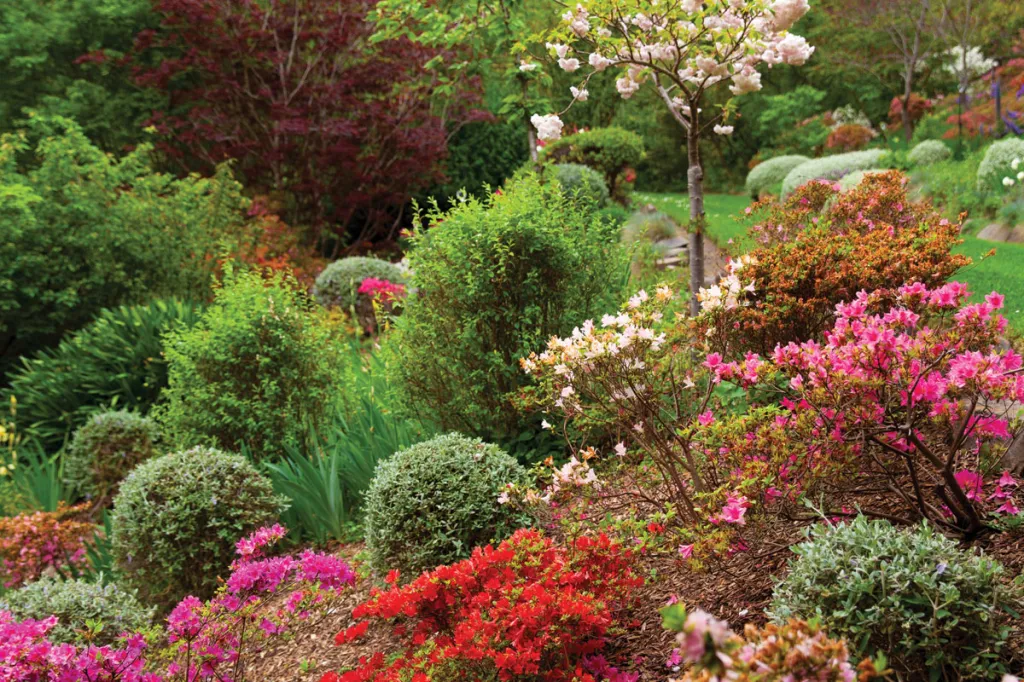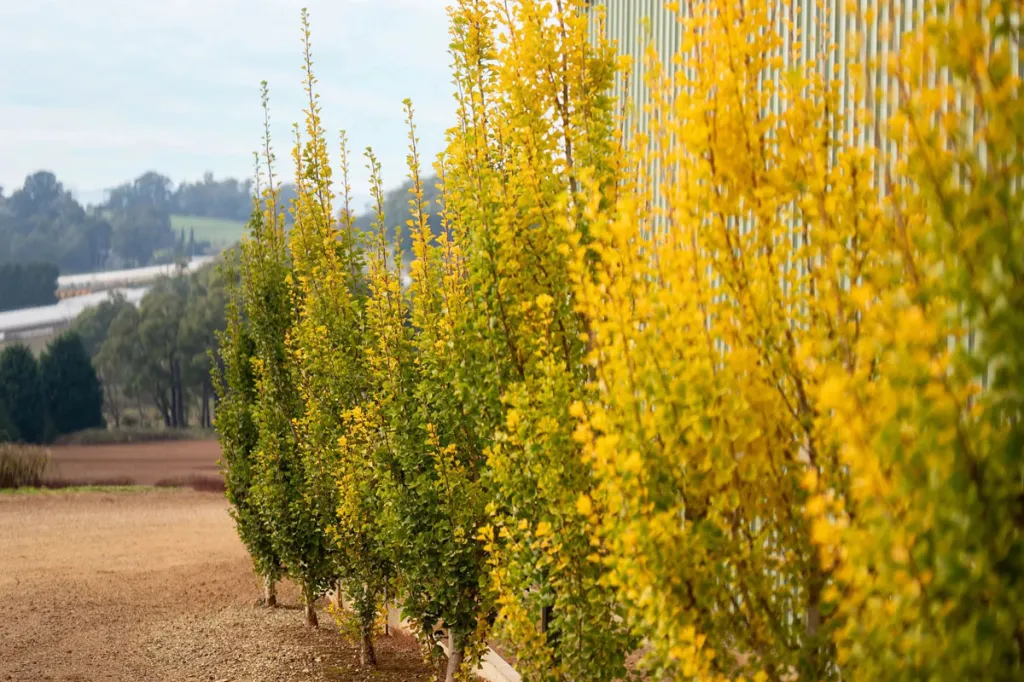Celebrating the sunniest flower

Van Gogh famously painted them, bees and birds simply love them, and gardeners are awaiting their delightful happy faces. We are talking sunflowers, of course.
A symbol of happiness and optimism, sunflower’s botanical name Helianthus derives from the Greek words Helios ‘sun’ and Anthos ‘flower’, which describes this daylight-lover so well. The Common Sunflower (Helianthus annus) is what most people think of when the word “sunflower” is mentioned. Growing up to three metres tall and producing large dinner-plate-sized bright yellow flower heads on stiff upright stalks that are perfect for picking. However, not all sunflowers are sky-high growers. Thanks to much hybridising over the years, we now have a sensational selection of dwarf forms ideal for smaller growing spaces and containers.
Another change to our traditional sunflower images is colour. While hues of yellow remain ever popular, you can also select blooms in shades of orange, red, and purple to fit your garden decor.
Sunflowers are amazing plants. Young sunflowers track the sun throughout the day then cycle back at night. Facing east to catch the first rays of light, the bloom follows the daylight arc until sunset in the west, then slowly repositions its flower heads back east to start the next day. This continues until the blooms reach maturity and then permanently look out in an easterly direction. This aspect cleverly allows flowers to warm up and attract pollinators much more quickly than if they faced west.
While we refer to the sunflower’s bloom in the singular, the head is a composite bloom filled with hundreds, even thousands, of tiny flowers called florets. Central florets have the appearance of a normal flower, while the outer – or ray – florets look like yellow petals making the entire bloom a “false flower”. Being big and bold helps attract plenty of willing pollinators eager to move from floret to floret, ensuring a seed will be produced in each.
Once the flower has matured and faces east, watch out for the blooms to droop and the backs of each sunflower to fade to pale yellow; this is a sign that seed will soon be ready for harvesting. Another indicator is birds starting to visit the head. If you are a keen seed collector, draping over some bird netting or enclosing the flower in a mesh bag stops hungry birds from decimating the crop.
Seeds are ready when they are just beginning to loosen. You can cut off the flower, hold over a tray and rub the bloom’s centre with your hand. Loads of seed and chaff will drop out. Blow off the chaff, then allow the seeds to dry out over several weeks before storing them. Alternatively, cut a long stem, slip a paper bag over each bloom and hang upside down in a warm dry place. As the head dries, the seeds will fall and fill the bag. Keep a few for planting the following season.
Seal in an airtight container and store in a cupboard or draw.
Part of the joy of growing sunflowers is sharing what you can with the local birdlife. If you are an avid harvester, it is always nice to leave some heads on a few plants, the squawks and flurry of feathers around these ageing blooms are always a garden highlight. You can even trim off a flower or three, wind some wire though and hang in a tree or on a fence as a natural bird feeder.
Sunflowers are easy to grow, you just need a spot that gets at least half a day’s sun, although more is preferred. Add plenty of well-aged organic matter to enrich the soil. Plant out seeds or seedlings mid spring to early summer, when the soil temperature has warmed and roots are encouraged to develop.
Subscribe for updates
If planting in ground, give enough space for each sunflower to spread. Check the label or seed pack for preferred distance.

Sunflowers make the most spectacular cut flowers, but did you know the best time of day to cut them for your vase is in the early morning?
Small varieties such as Dwarf Sensation are compact, only growing to 40 centimetres tall, making them ideal for tiny spaces and containers. Golden Prominence is a beautiful yellow and brown bi-colour sunflower that produces multiple heads and grows to 1.5 metres, while Yellow Empress is another tall variety with massive bright yellow flowers. Larger growers, especially in windy spots, may require staking to prevent damage.
Once planted, keep up regular watering, making sure soil is moist without becoming over wet. Liquid feed using a dedicated flower fertiliser every two weeks helps power them along. Quick to mature, for most varieties you should see flowers within eight to 10 weeks of sowing.
Sunflowers make the most spectacular cut flowers and the best time to cut is early morning. Bring inside, remove any leaves that will sit below the water line, these will rot and foul the water, then recut stems before placing in a vase. Just a few sunflower blooms can lift the look of any arrangement.
Growing sunflowers is an experience the whole family can enjoy; you can even run a competition with your neighbours to see which garden wins this year’s sunflower prize.
This article first appeared in the 2024 Summer edition of SALIFE Gardens and Outdoor Living magazine.




